UNISORB® Foundation Isolation Solutions
UNISORB®'s foundation isolation products are carefully developed to provide optimum performance, even in the toughest applications and the most demanding circumstances.
All of our foundation isolation solutions are static/passive in nature, and don’t require special construction considerations, air supply, or peripheral access trenches. This allows us to efficiently protect our customers' machinery by providing machine/foundation natural frequencies from 1.5 to 19 Hz.
Why Your Machine Needs UNISORB® Foundation Isolation Products
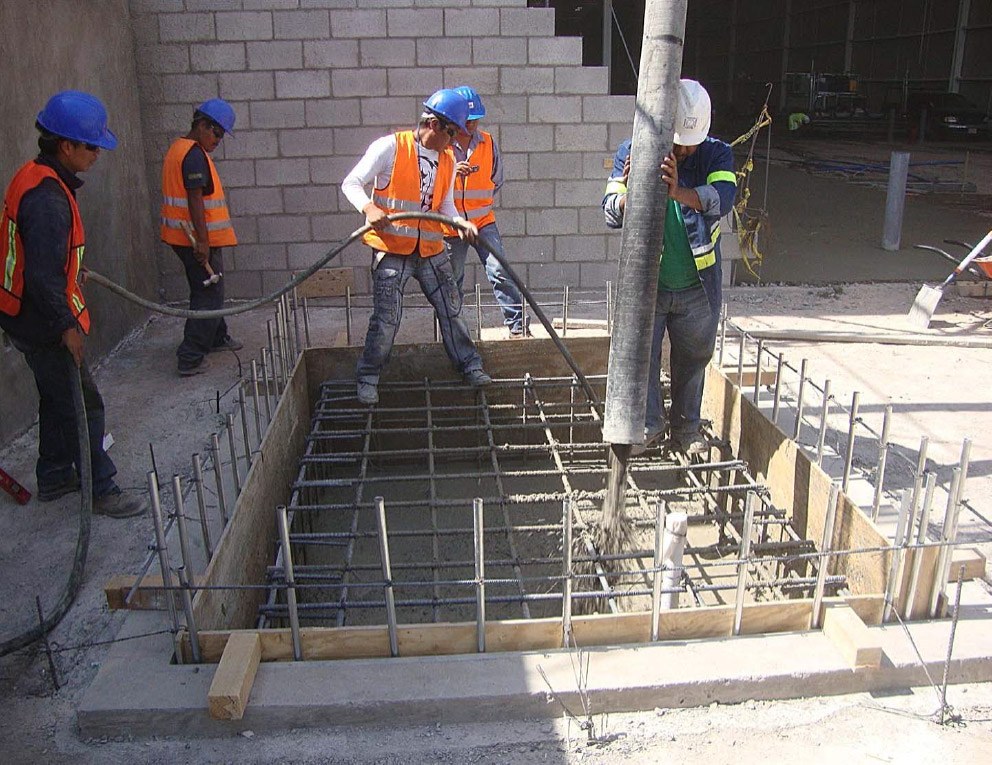
Before you install a machine, ask whether or not a foundation is needed. Machines that require foundations are support-critical. You can determine if your machine is support-critical by determining whether or not it requires external support to perform to its design levels.
The fundamental requirement to design a foundation isolation system that functions properly is to establish the correct relationship between the forcing frequency and the natural frequency of the isolation system. In most cases our objective is to assure that the natural frequency is lower than the forcing frequency.
Installation Solutions
Before you decide whether to isolate, consider the following factors:
- High traffic (Internal or External)
- Nearby presses or mills taking heavy interrupted cuts
- To avoid disturbing the surround environment with energy from a machine installation
- Interference from nearby rail lines
It's always a good idea to have a vibration survey done to determine actual vibratory energy levels in the area where the machine will be located. The next considerations are the specific machine requirements. This includes a review of any OEM specifications related to vibration acceptable at the equipment under operating conditions.
If you have questions about machinery alignment, shock, and vibration control, please contact our internal Engineering Department at any time for expert design and systems selection in your machine installation.
For more information on the solutions we offer for foundation isolation, please download this brochure:
Support-Critical Machines: IB-500™ Inertia Block Isolation Materials
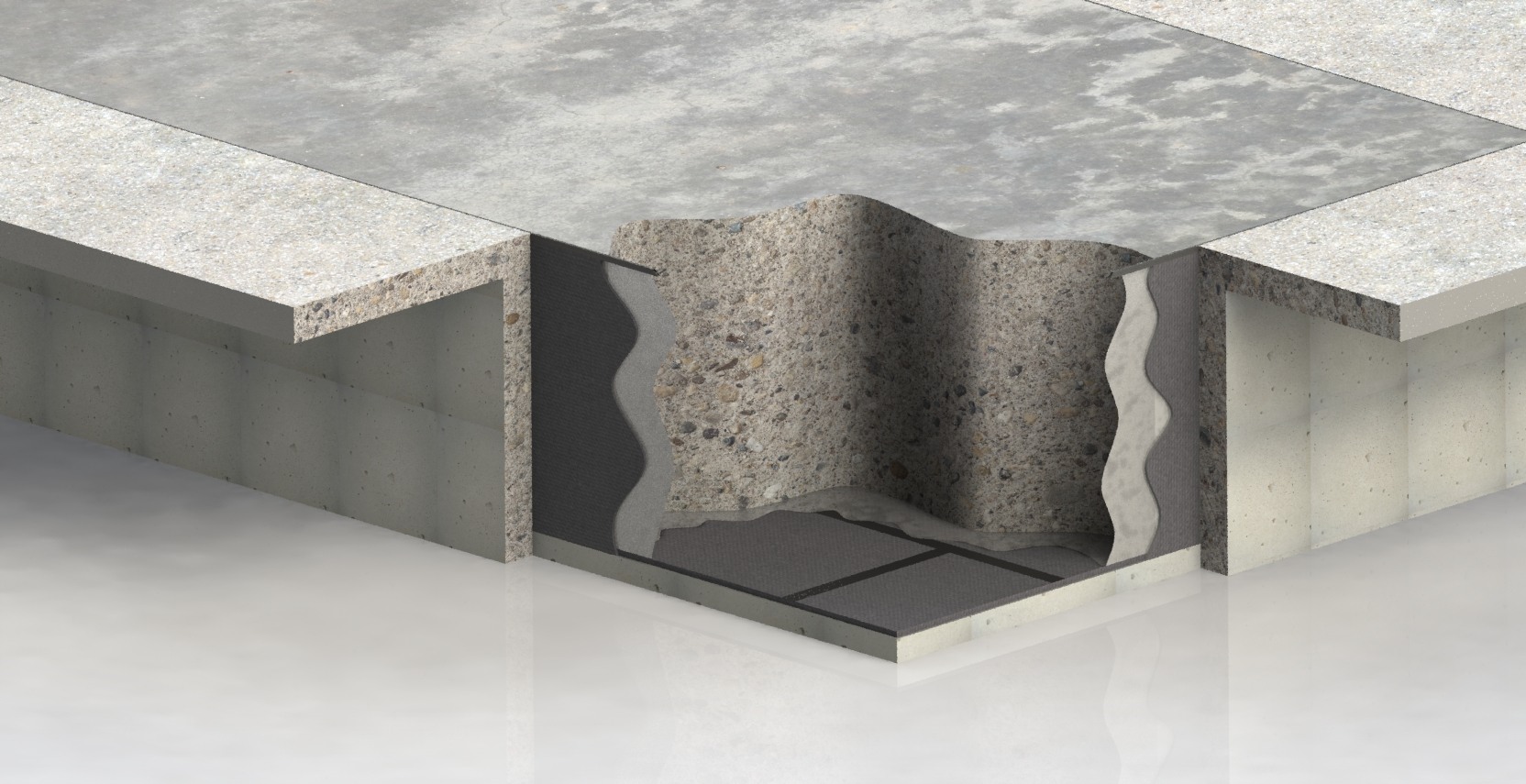
Our IB-500™ Inertia Block Isolation Materials offer superior performance because they have been specifically engineered to provide optimum compression rates for the inertia block, while using standard foundation construction techniques.
Learn more UNISORB's® IB-500™ Inertia Block Isolation Materials by downloading additional resources:
UNISORB® IB-500™ Inertia Block Isolation Materials Information (PDF)
UNISORB® IB-500™ Inertia Block Isolation Materials Safety Letter (PDF)
Types of IB-500™ Inertia Block Isolation Materials
- IB-500-S2: A less dense material, used to isolate sidewalls of the inertia block.
- IB-500-B1: A more dense material, applied to the base surface of the foundation (usually two layers).
Support-Critical Machines: RT-6.5 Low Frequency Isolation Block
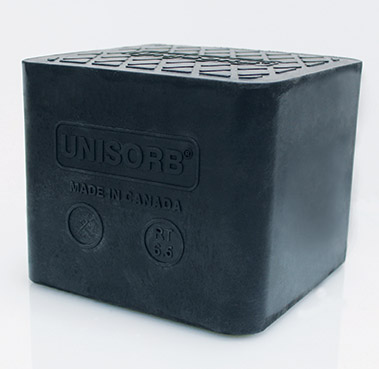
For isolating equipment where low interfering frequencies are encountered, there is our RT-6.5 Low Frequency Isolation Block. They are typically used under concrete foundations supporting either source or sensitive machines.
Want more information? Download our helpful information regarding UNISORB's® RT-6.5 Low Frequency Isolation Block
UNISORB® RT-6.5 Low Frequency Isolation Block Information (PDF)
Typical Applications for the RT-6.5 Low Frequency Isolation Block
- Coordinate measuring machines
- Precision optical equipment
- Precision grinders
- Vibrating conveyors
- Lab equipment
- Automated equipment or robotics
- Equipment operating in severe shock and vibration environments
Support-Critical Machines: Regufoam® Vibrationplus
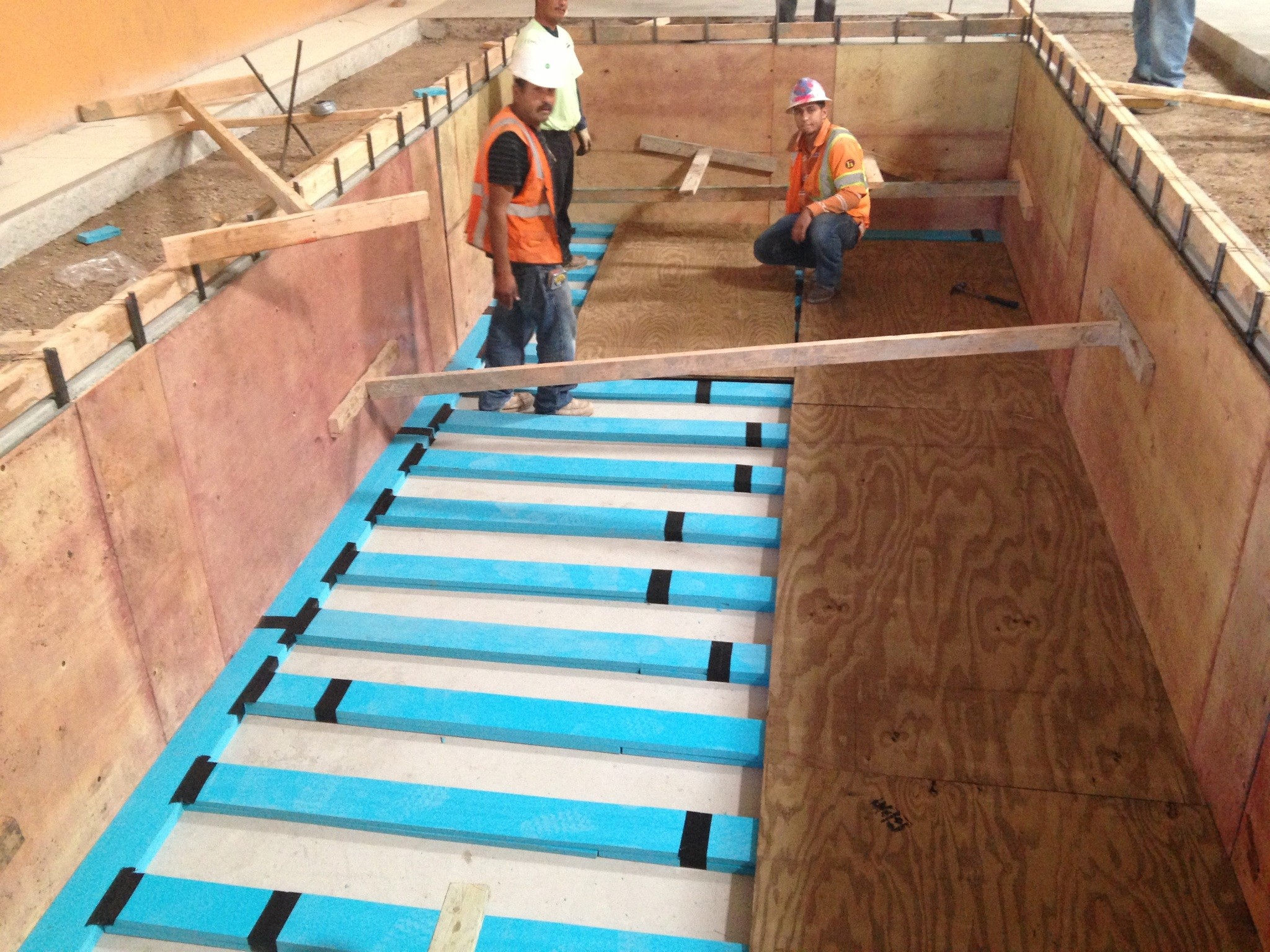
Regufoam® vibrationplus is applied as a vibration isolating structural element in the installation of both source and sensitive equipment. These installations provide a cost-effective and simple approach to preventing the transmission of structure-born noise and vibration.
For additional information regarding UNISORB’s Regufoam® Vibrationplus for vibration isolation, please download the following helpful PDFs:
Benefits of Regufoam® for Vibration Isolation Applications
Regufoam® vibrationplus is an engineered combination closed and open cell foam material that exhibits excellent vibration isolation characteristics including exceptional damping and superior durability in the industrial/commercial environment as proven in over two decades of successful applications.
- Natural Frequency Range of 6.3 - 15 Hz
- Proven Long Life
- Simple Installation
- UNISOSRB® Engineering and Field Support
Support-Critical Machines: RD™ Isolation Systems
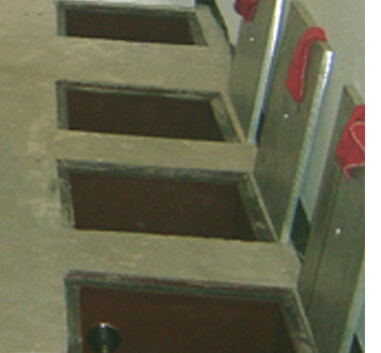
The RD™ Isolation System offers natural frequencies down to 1.5 Hz as well as a variety of other exciting features. The product is cast into concrete inertia block, uses variable and replaceable isolator units, simplifies construction, and can be leveled after construction.
Interested in finding out how your company can utilize RD Isolation Systems for foundation isolation? Check out the PDFs below:
What are the primary features of the RD™ Isolation System?
- Adaptable Design: Finished foundation may be leveled, and height adjusted, after construction
- Flexible Features: Horizontal and vertical stiffness may be tailored to your specific application
- Easy to Use: Individual isolator units may be easily services or replaced, utilizing the RD unit to access the isolator from the top
- Long-Lasting Foundations: Foundations may be reused by simply changing the isolator units to suit the new application
Contact UNISORB®
Reach UNISORB®’s Engineering Department via phone, email, or through our online contact form below.

